1900 farm house....
Bobby1960
9 years ago
Related Stories
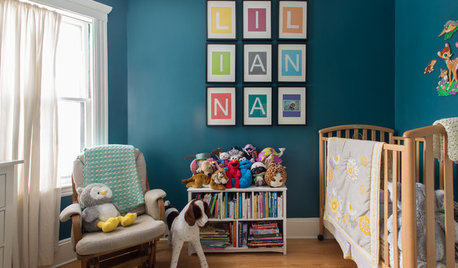
HOUZZ TOURSMy Houzz: Thoughtful Updates to an Outdated 1900s Home
Handmade art and DIY touches bring a modern touch to a classic Boston-area home
Full Story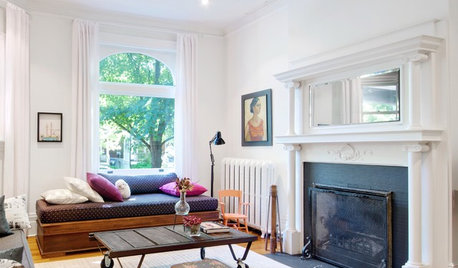
HOUZZ TOURSMy Houzz: A 1900s Edwardian Gets an Eclectic Refresh
Thanks to a 7-year renovation and a quirky mix of art and furniture, a Toronto home gets its groove back
Full Story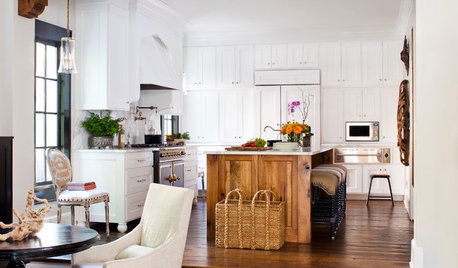
KITCHEN DESIGNKitchen of the Week: Going Elegant and Bright in a 1900s Home
Dark and closed off no more, this Atlanta kitchen now has a classic look, increased natural light and a more open plan
Full Story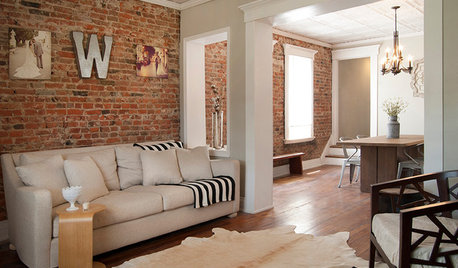
MY HOUZZMy Houzz: Surprise Revealed in a 1900s Duplex in Columbus
First-time homeowners tackle a major DIY hands-on remodel and uncover a key feature that changes their design plan
Full Story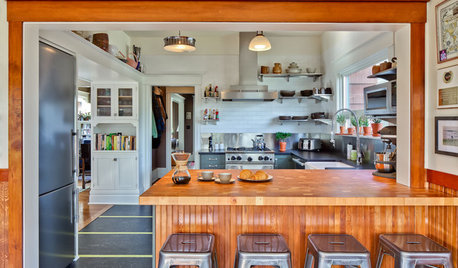
KITCHEN DESIGNKitchen of the Week: New Traditional Style in a 1900s Home
A more open layout gives a Seattle kitchen much-needed breathing room, while classic materials maintain its character
Full Story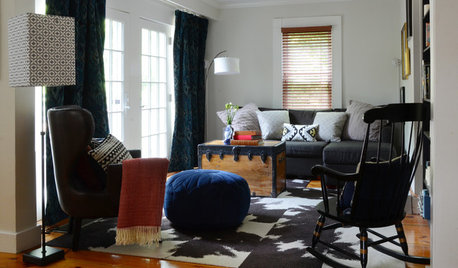
MY HOUZZMy Houzz: DIY Charm for a 1900s New England Home
First-time homeowners add their personal stamp with patterns and a mix of new and old
Full Story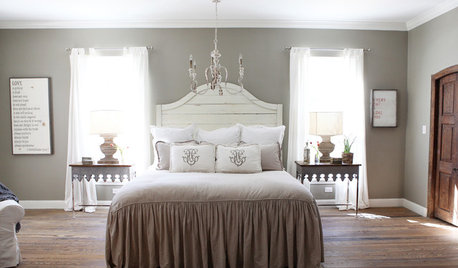
HOUZZ TOURSHouzz Tour: Farm Fresh
Updates bring back the bygone charm of a 19th-century Texas farmhouse, while making it work for a family of 6
Full Story
FARMHOUSESWorld of Design: See How 9 Families Live and Farm on Their Land
Join us as we visit the homes and farms of passionate food producers and hear about rural life around the globe
Full Story
FARM YOUR YARDAdvice on Canyon Farming From L.A.'s Vegetable Whisperer
See how a screened garden house and raised beds help an edible garden in a Los Angeles canyon thrive
Full Story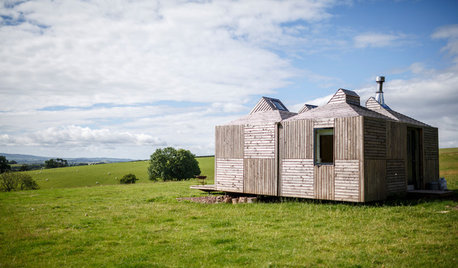
VACATION HOMESHouzz Tour: Scottish Farm Cottage Looks to Sun and Stars
A sheep field is home to a small, energy-efficient house that pulls ideas from mobile home design and raises the style level
Full StoryMore Discussions











tibbrix
tibbrix
Related Professionals
Bloomington Kitchen & Bathroom Designers · Kalamazoo Kitchen & Bathroom Designers · Vineyard Kitchen & Bathroom Designers · Saint Charles Kitchen & Bathroom Designers · Bellevue Kitchen & Bathroom Remodelers · Creve Coeur Kitchen & Bathroom Remodelers · Gilbert Kitchen & Bathroom Remodelers · Green Bay Kitchen & Bathroom Remodelers · Honolulu Kitchen & Bathroom Remodelers · Tulsa Kitchen & Bathroom Remodelers · Vienna Kitchen & Bathroom Remodelers · Baltimore Architects & Building Designers · Baton Rouge Architects & Building Designers · Makakilo City Architects & Building Designers · Memphis Architects & Building Designersakamainegrower
weedyacres
energy_rater_la